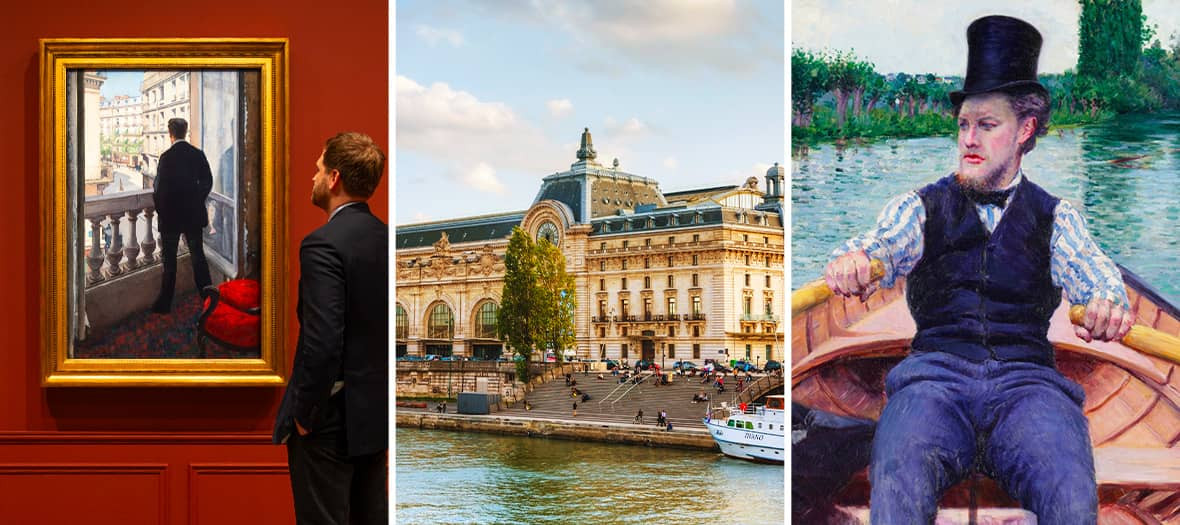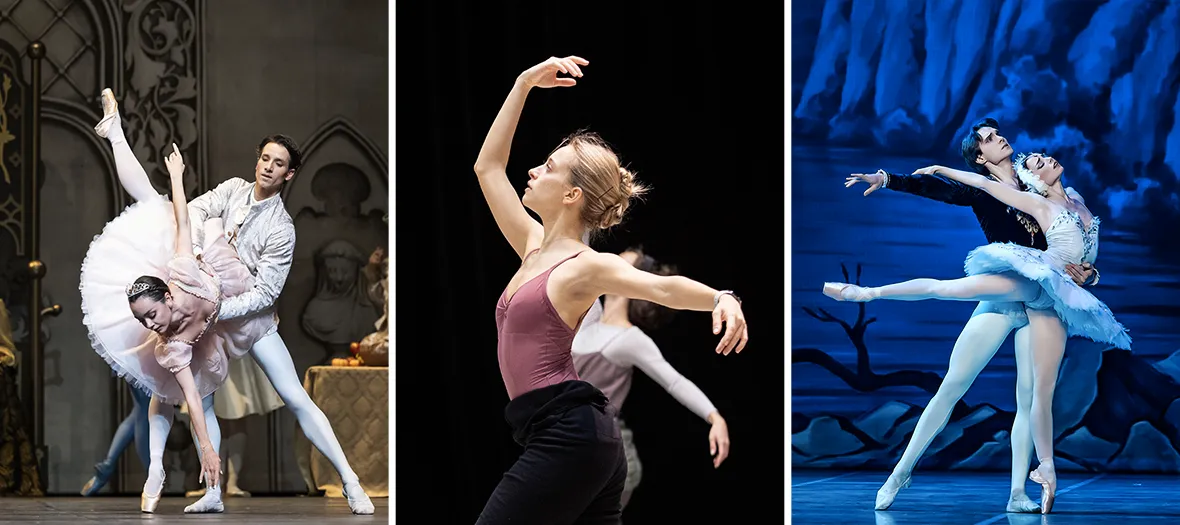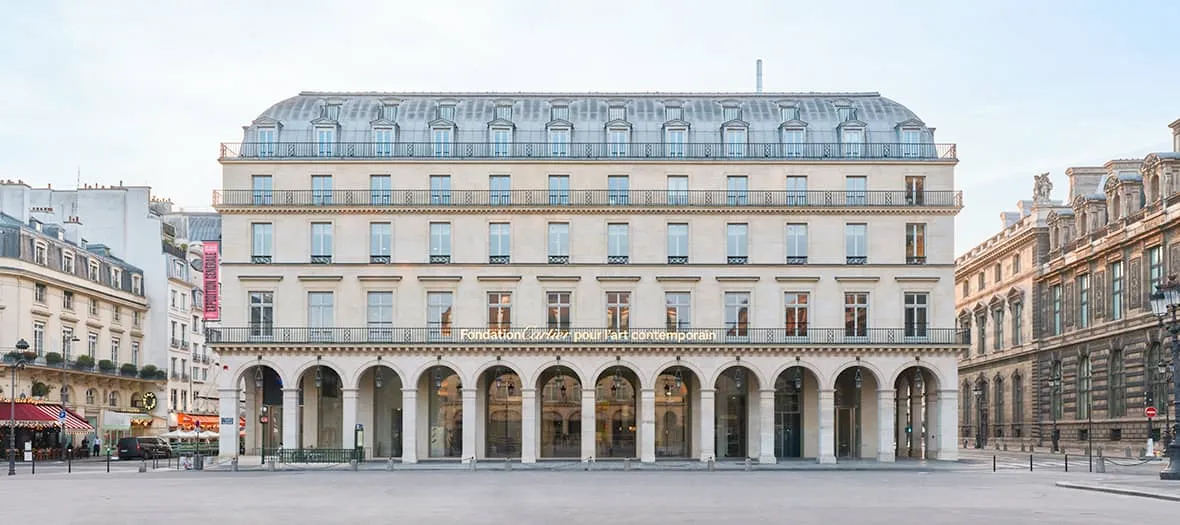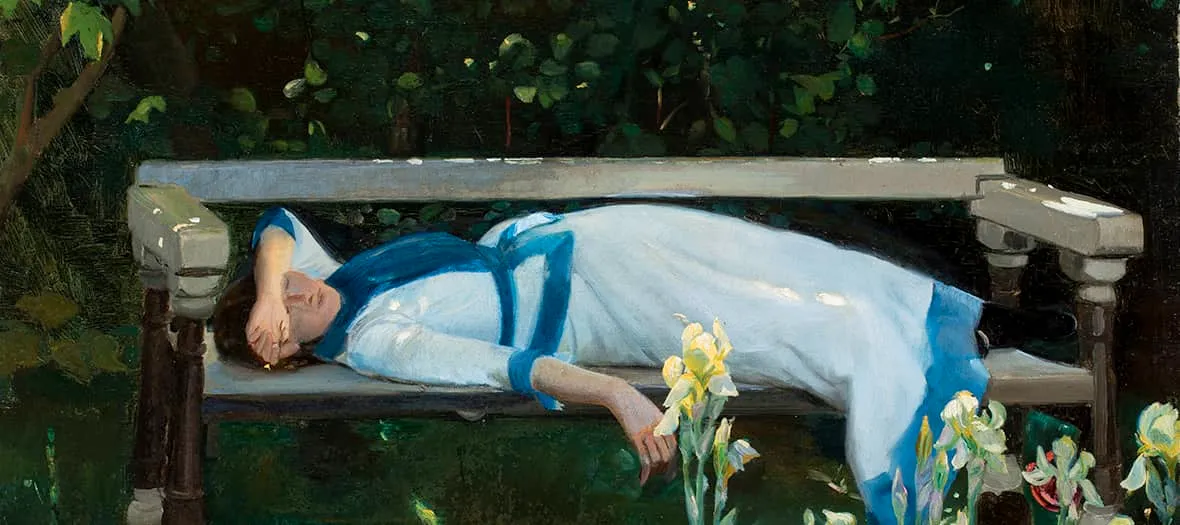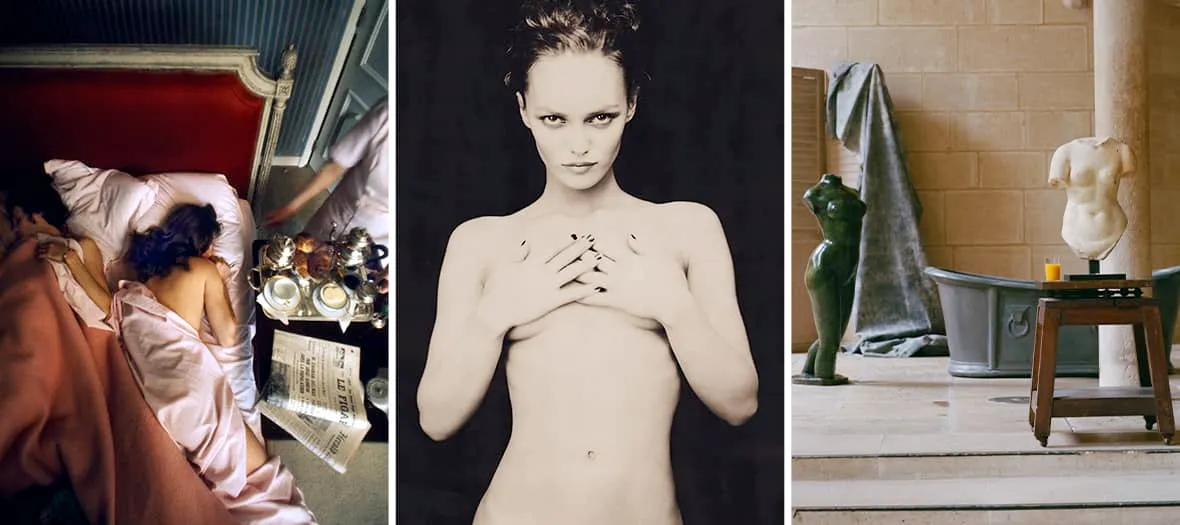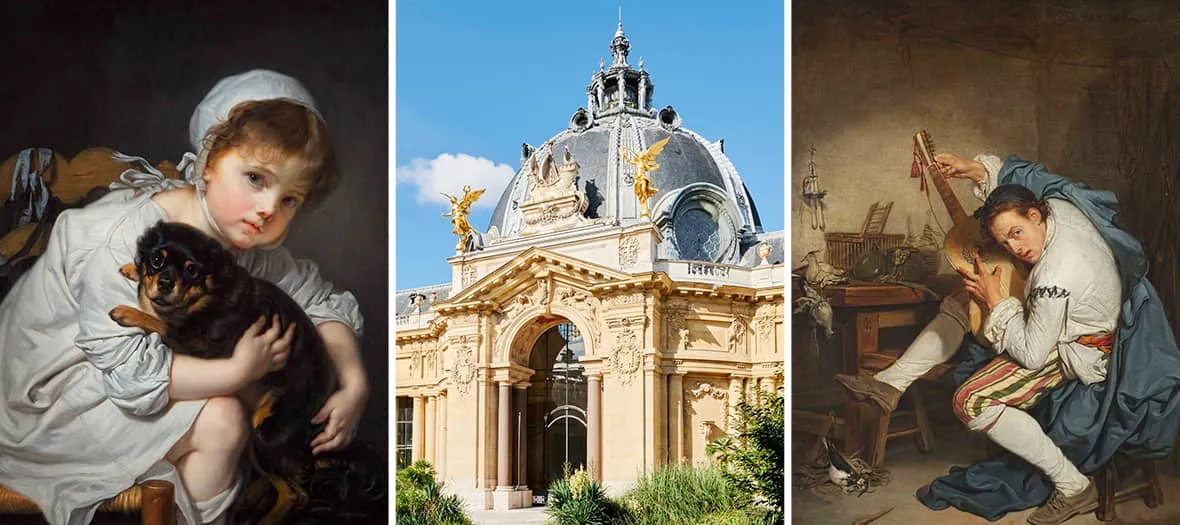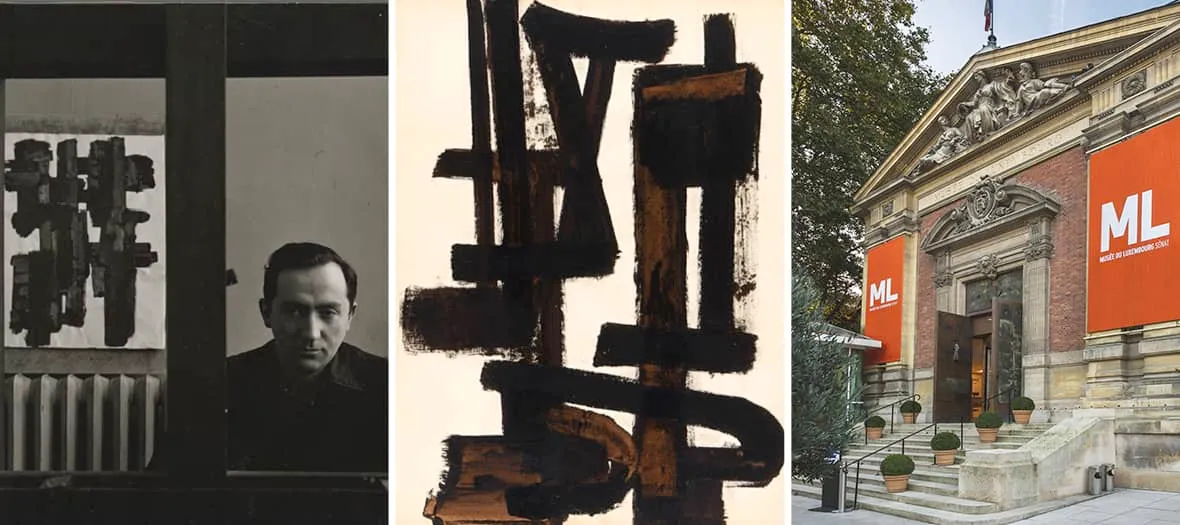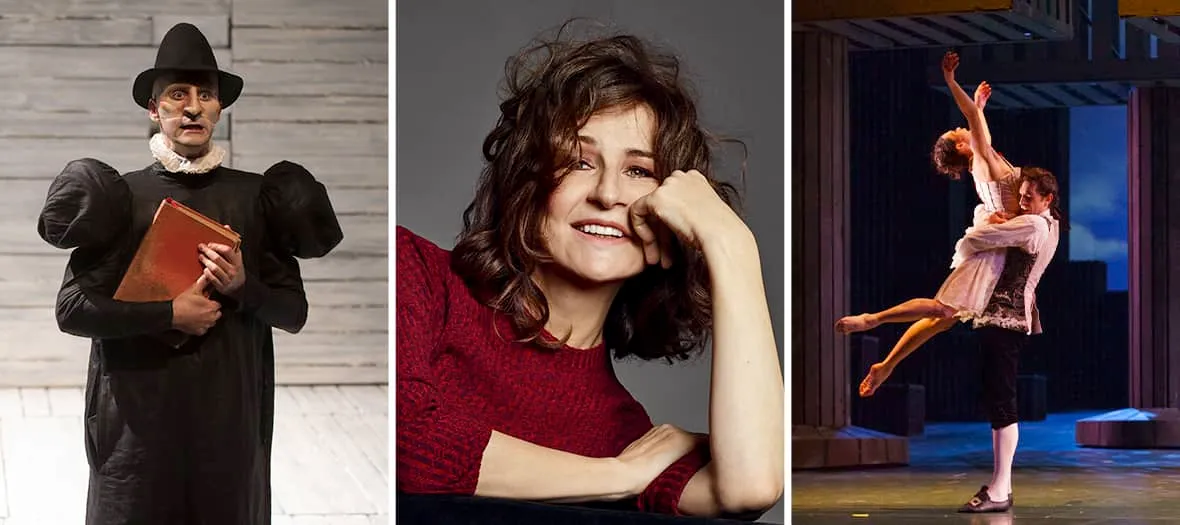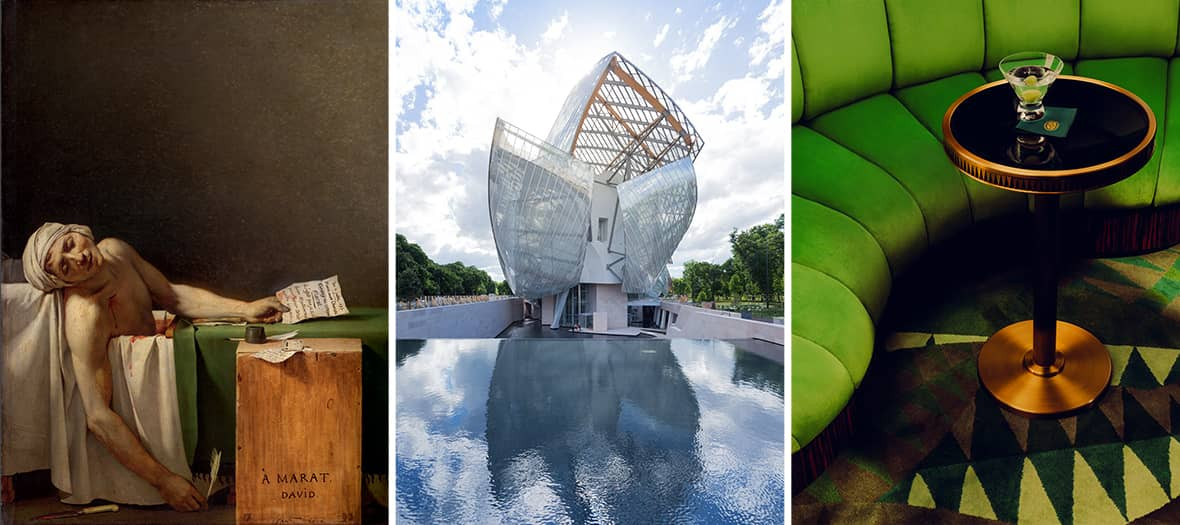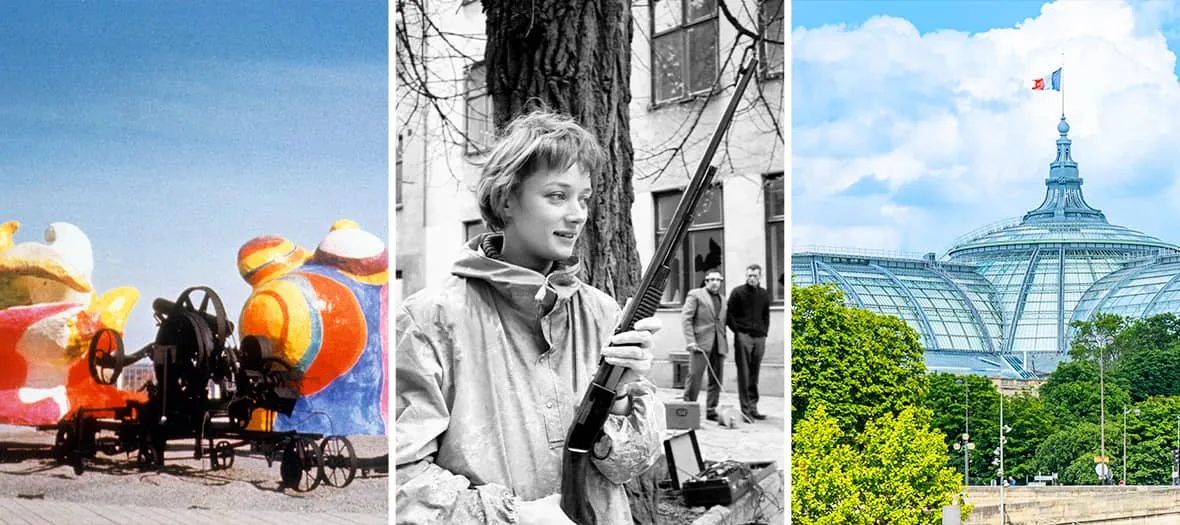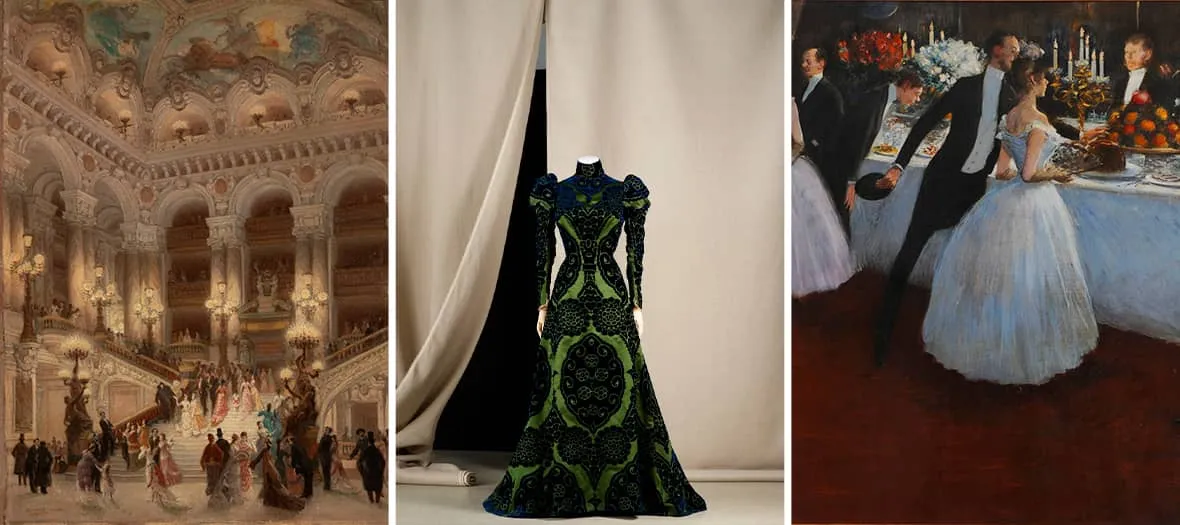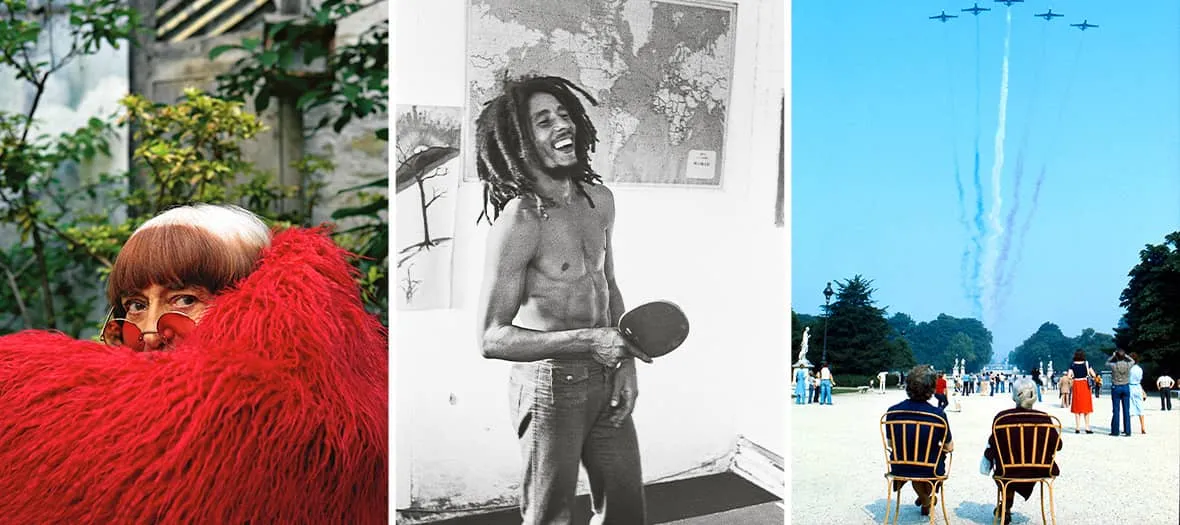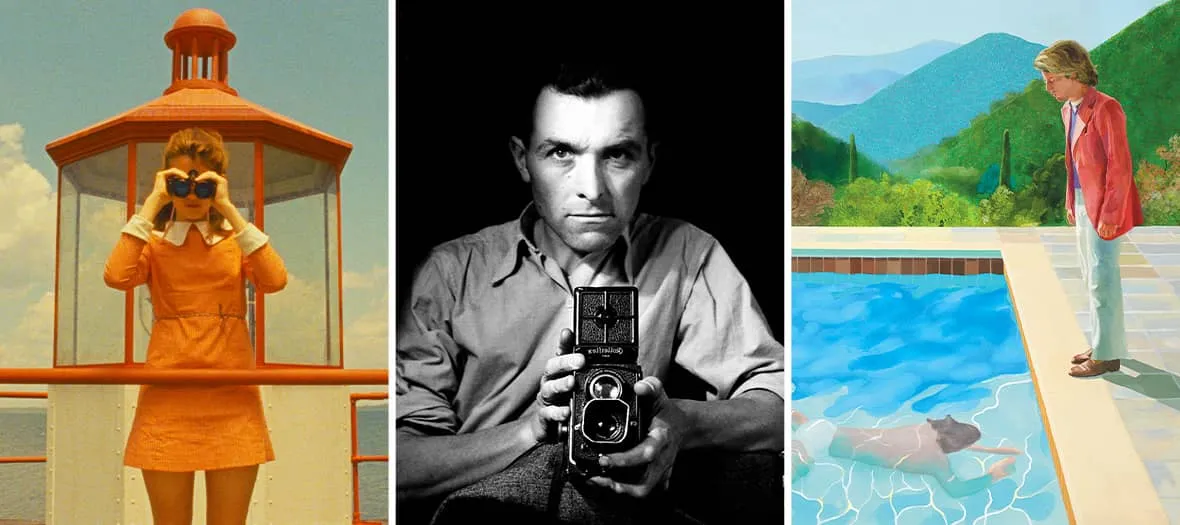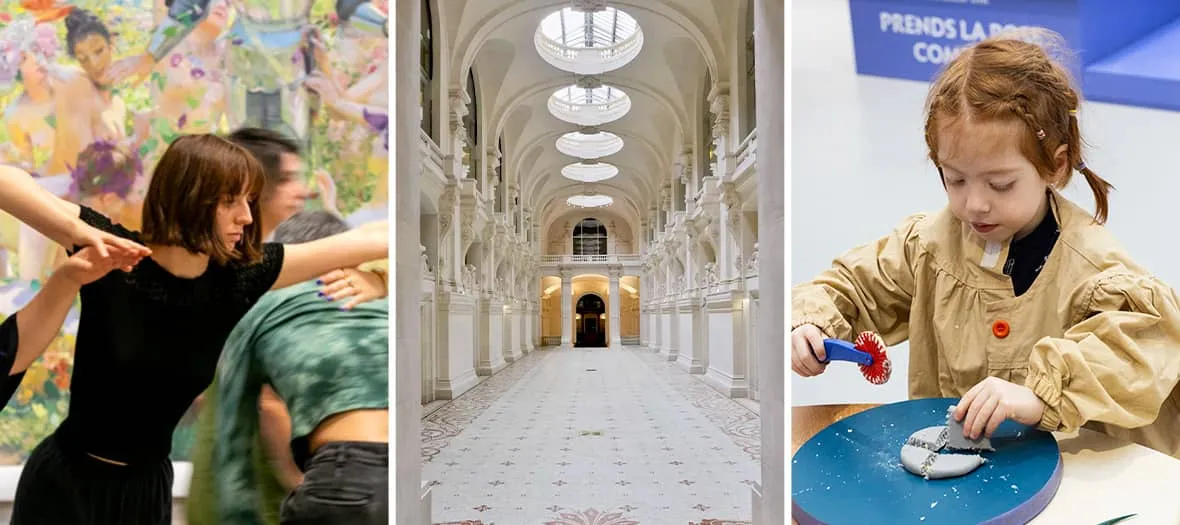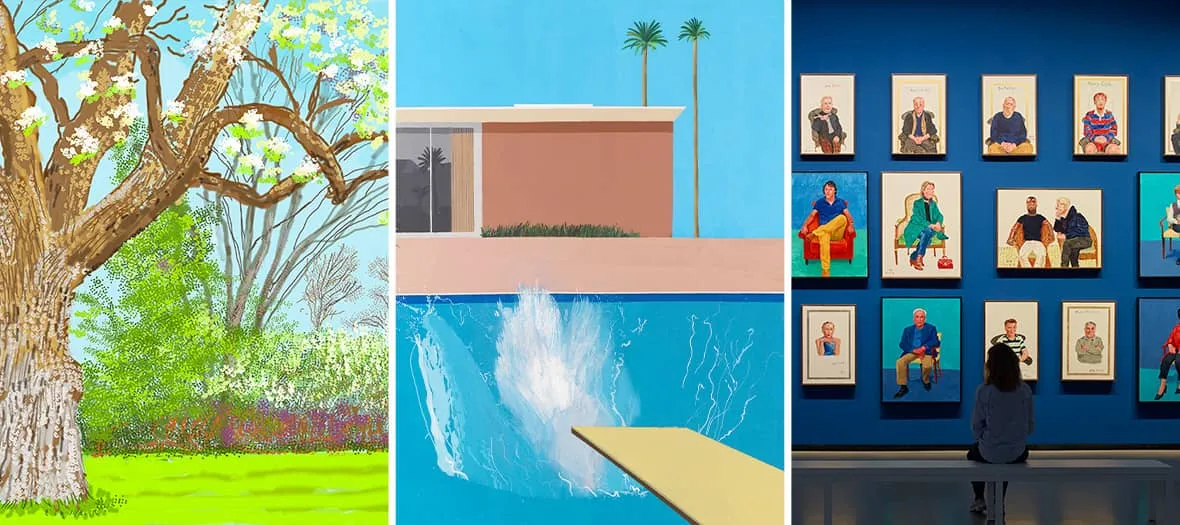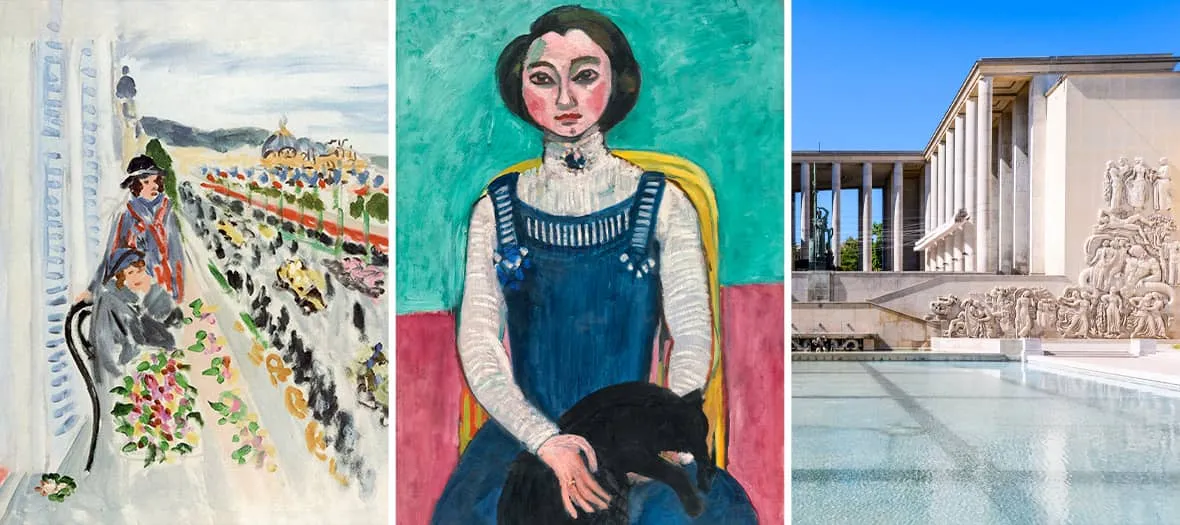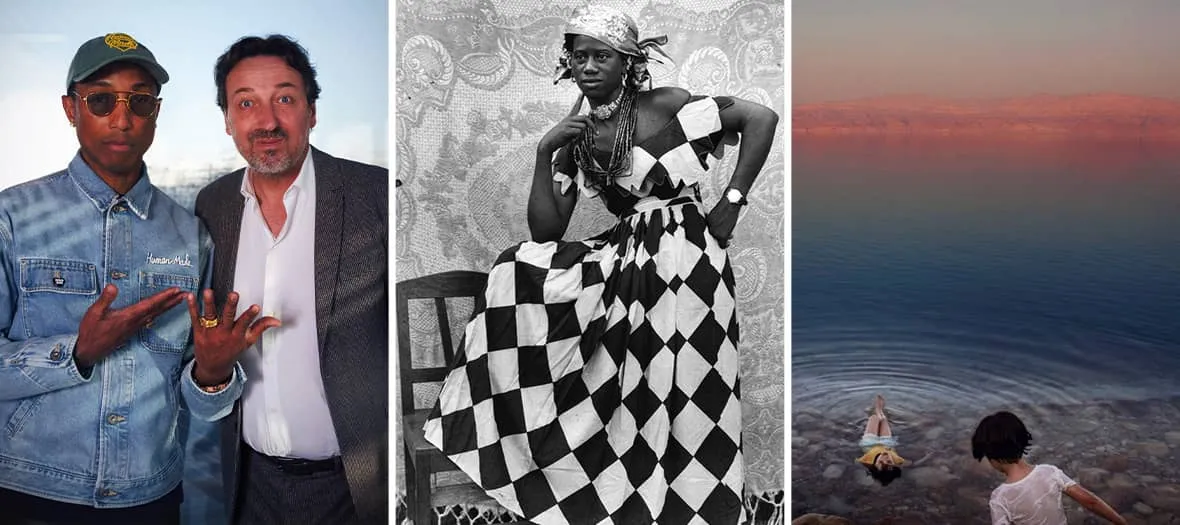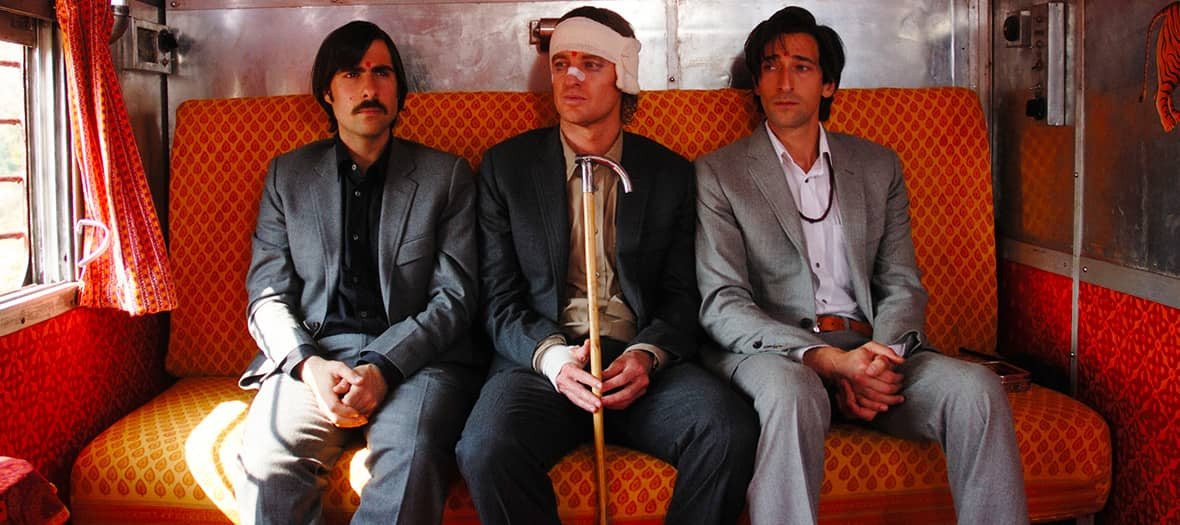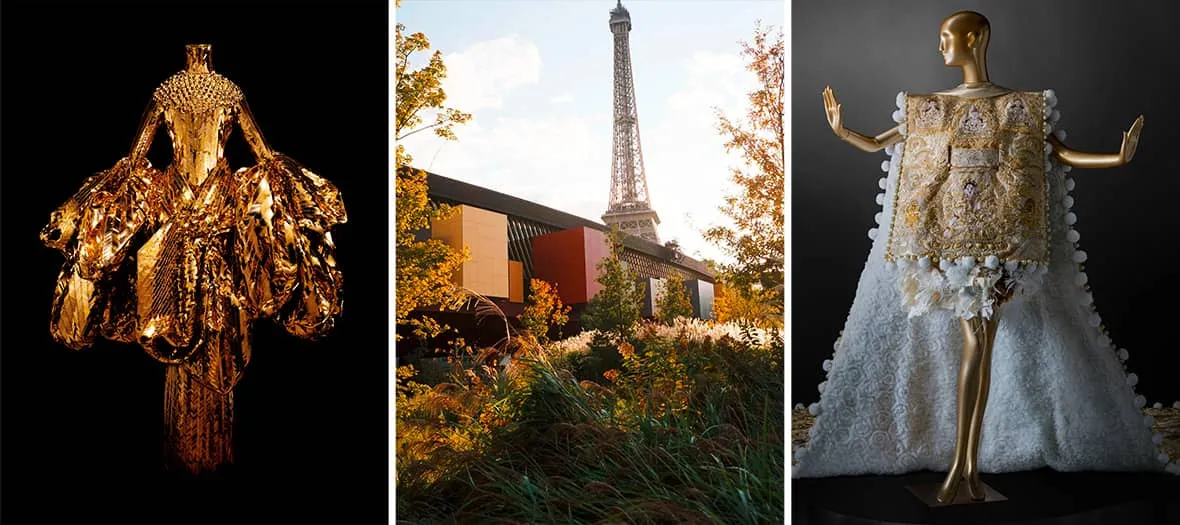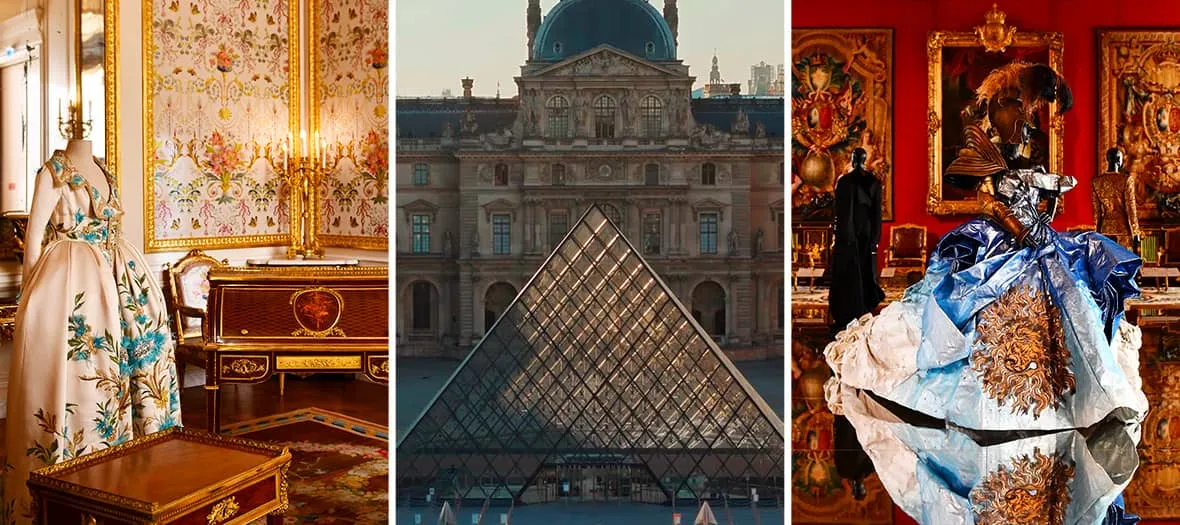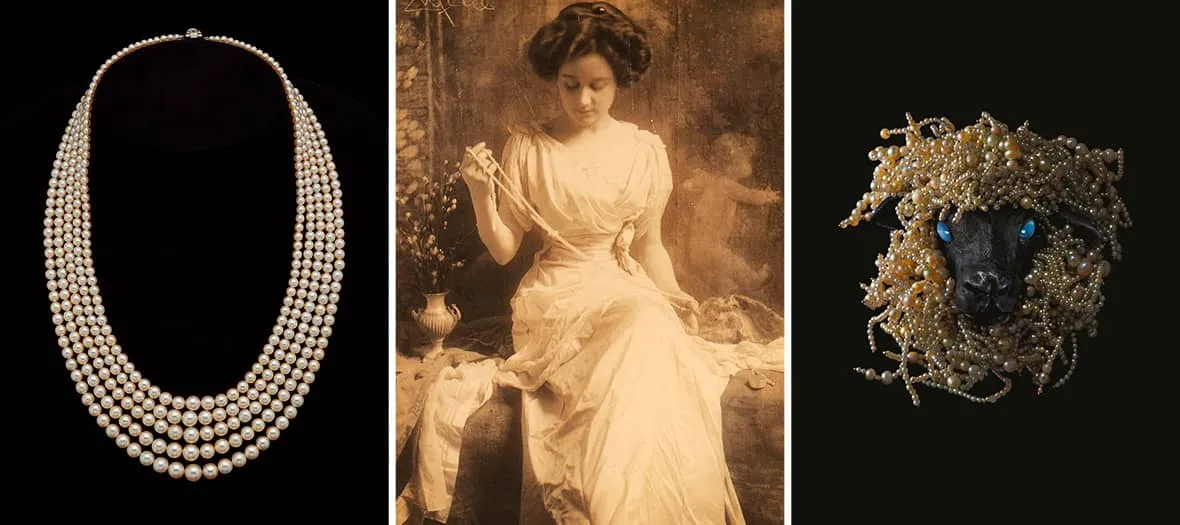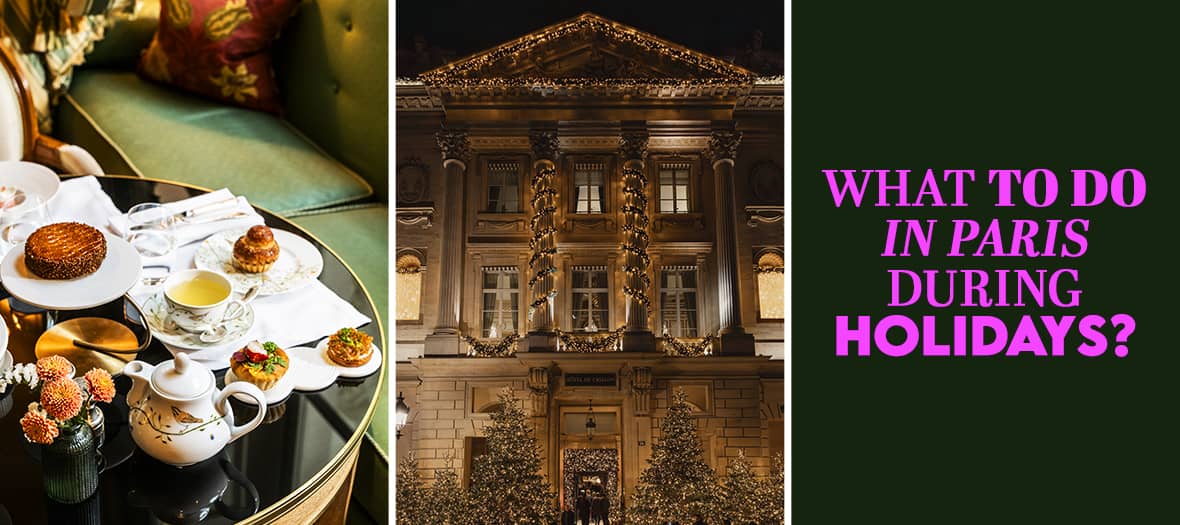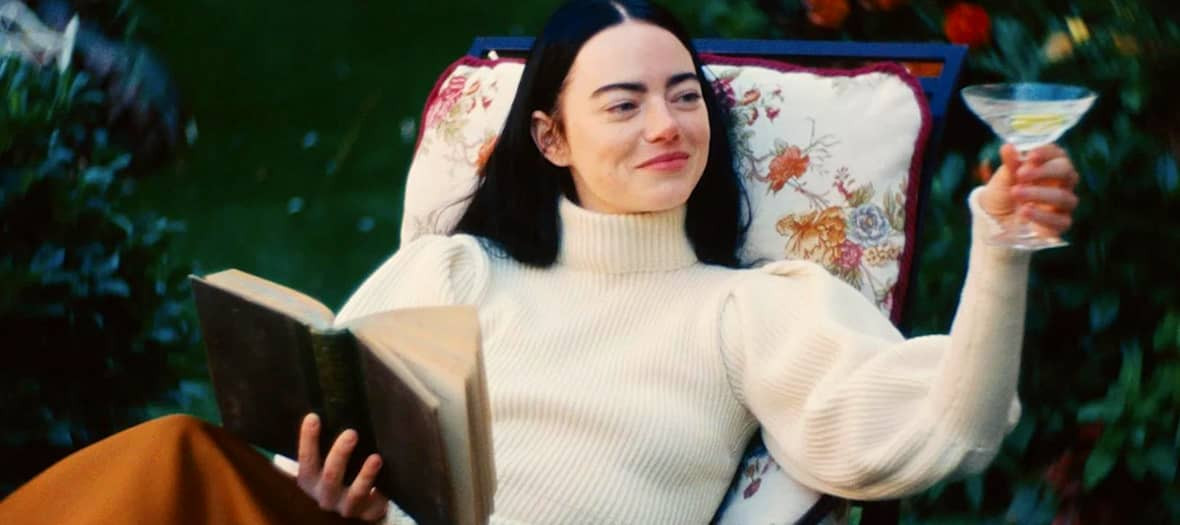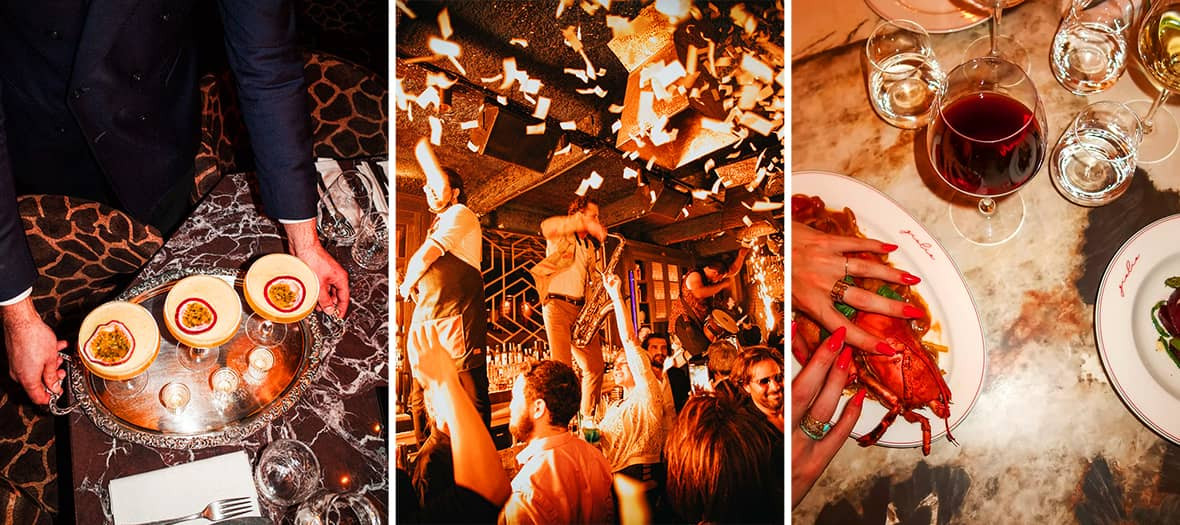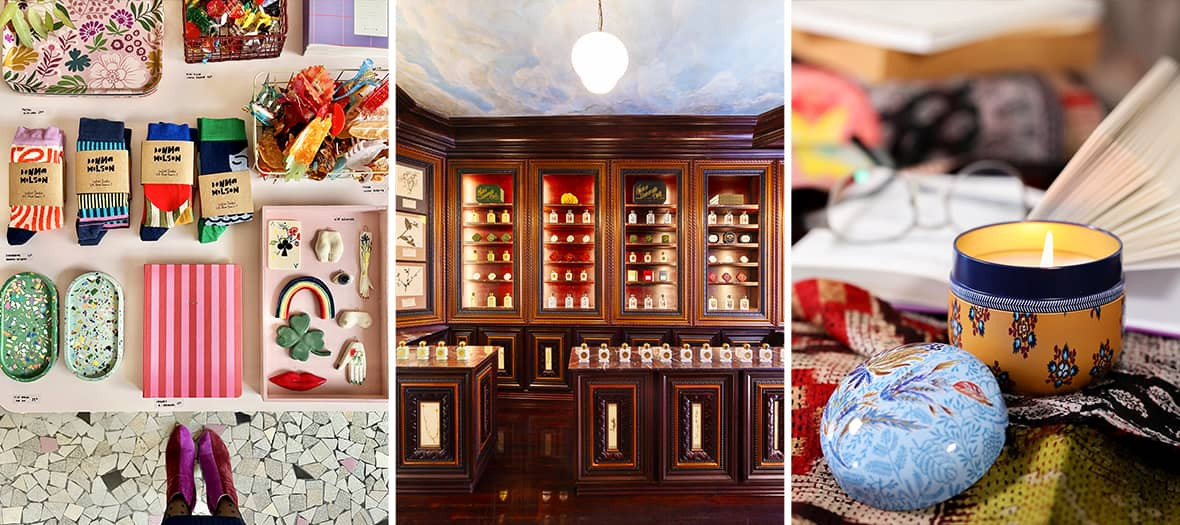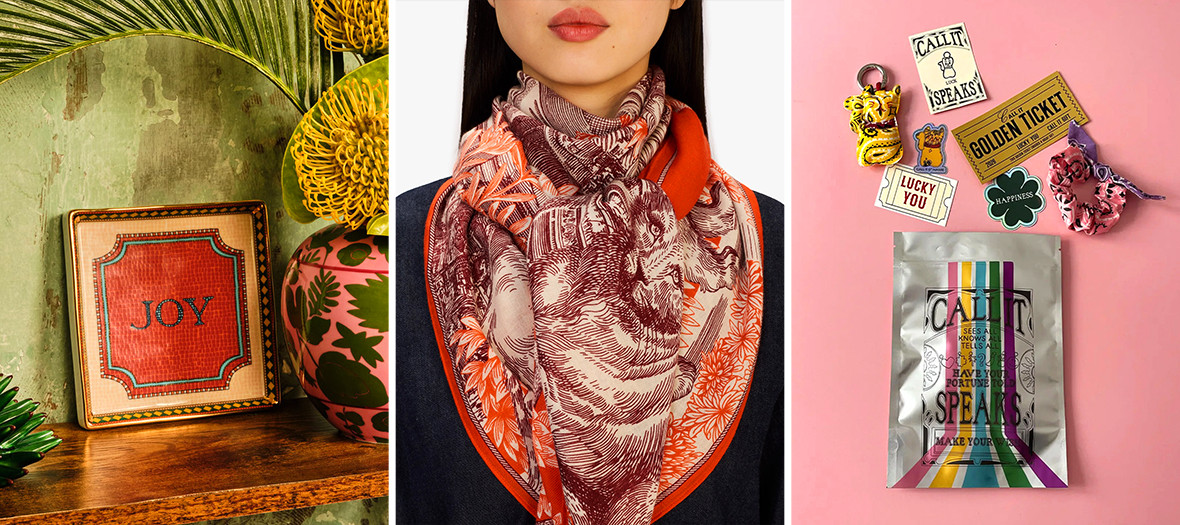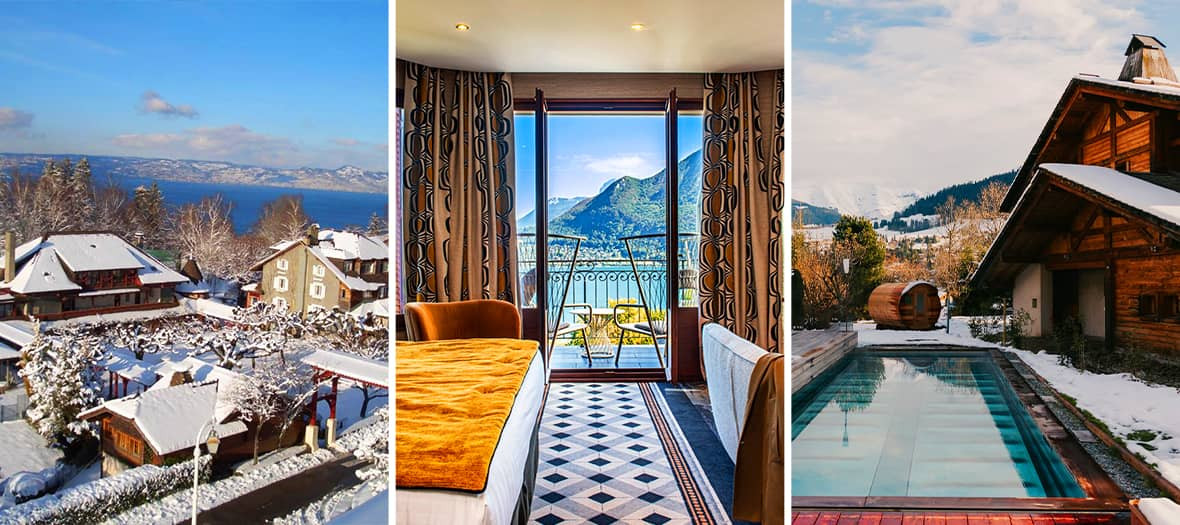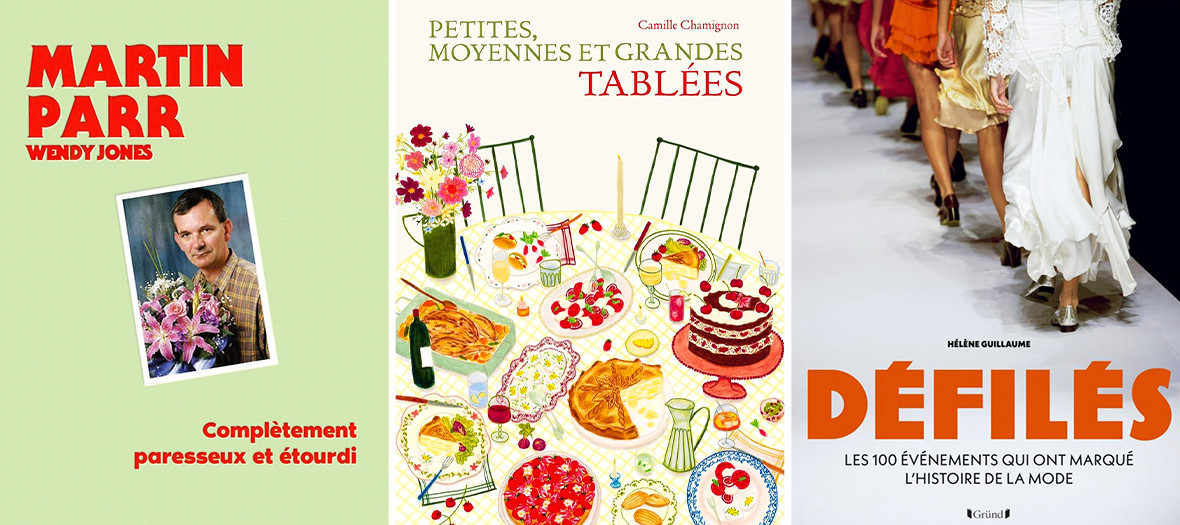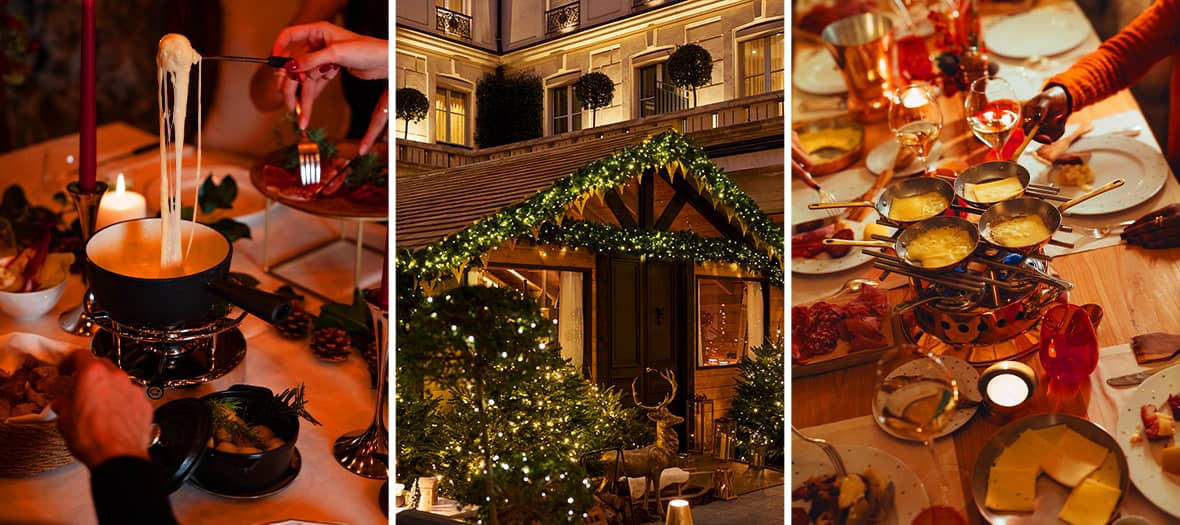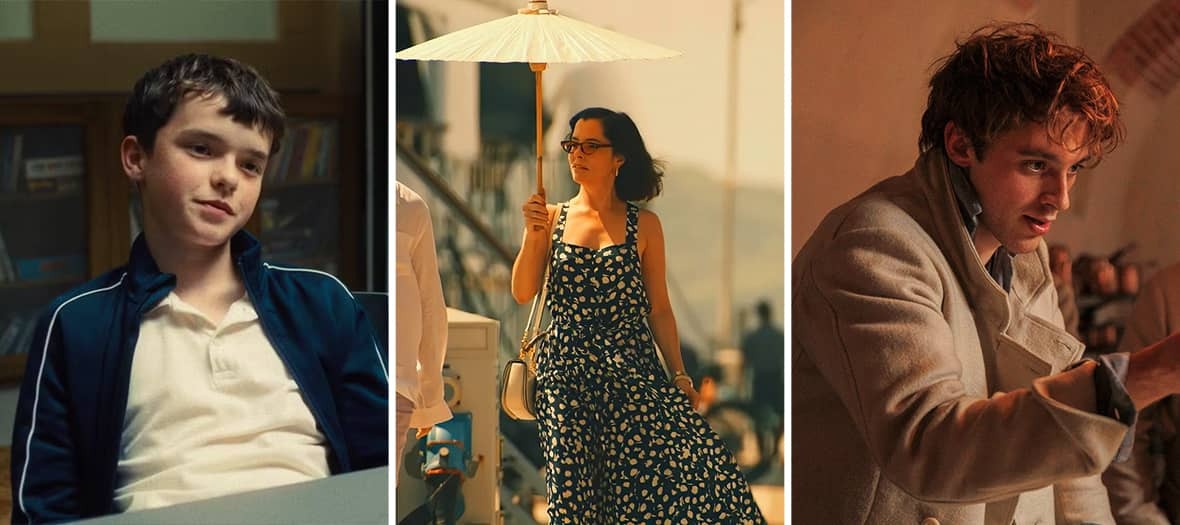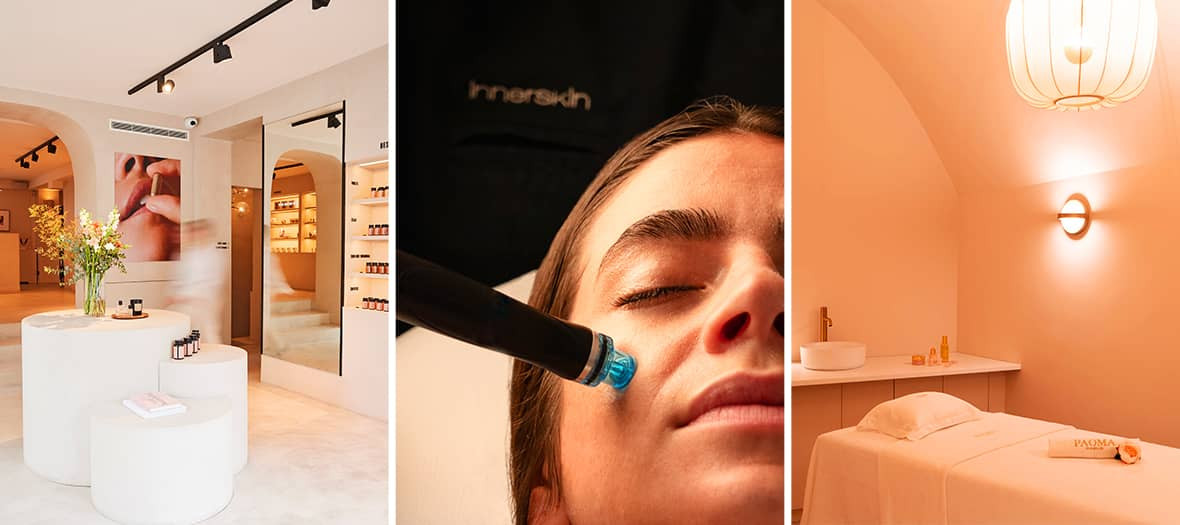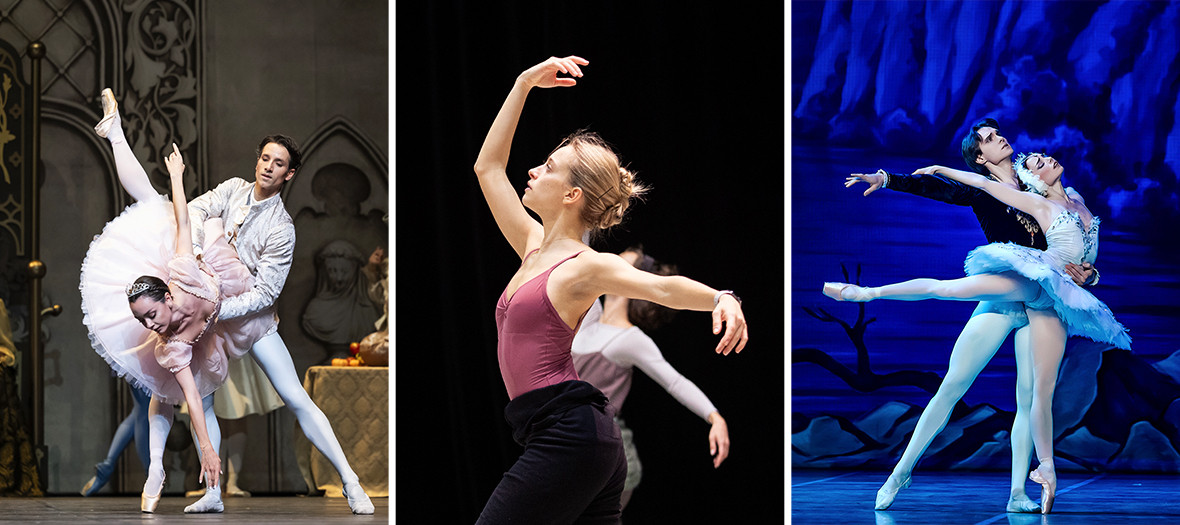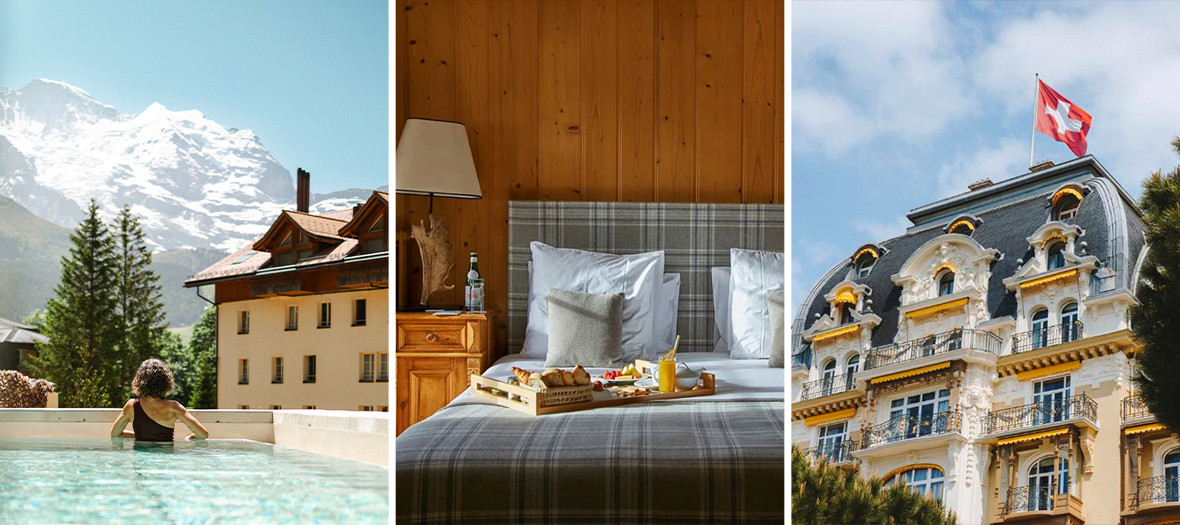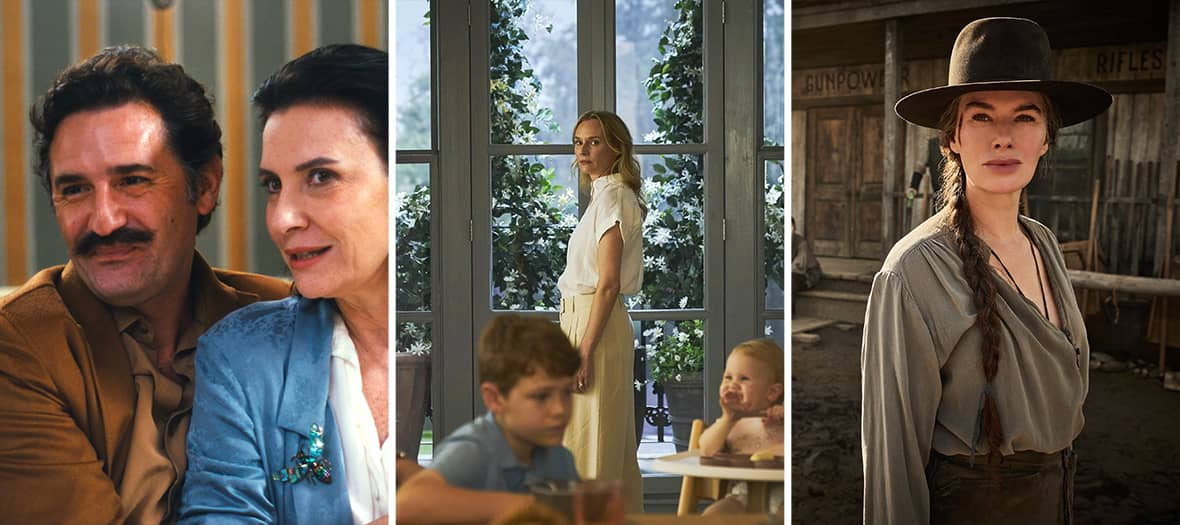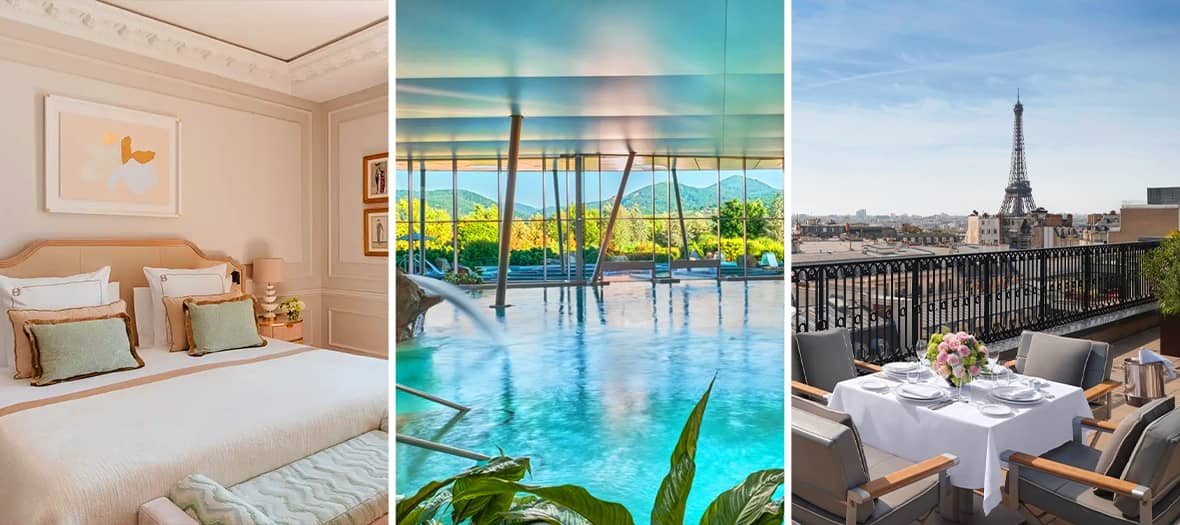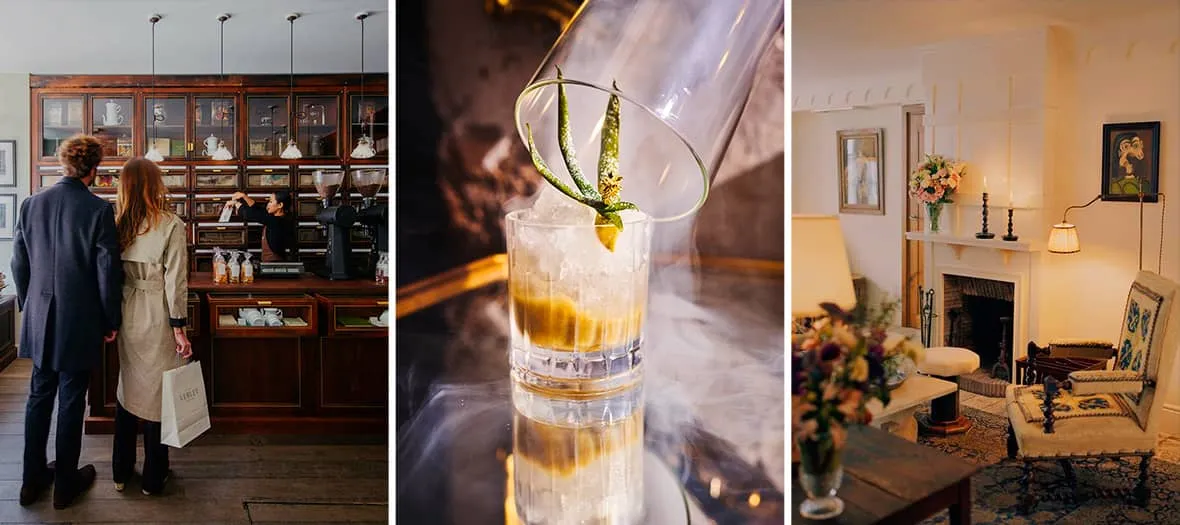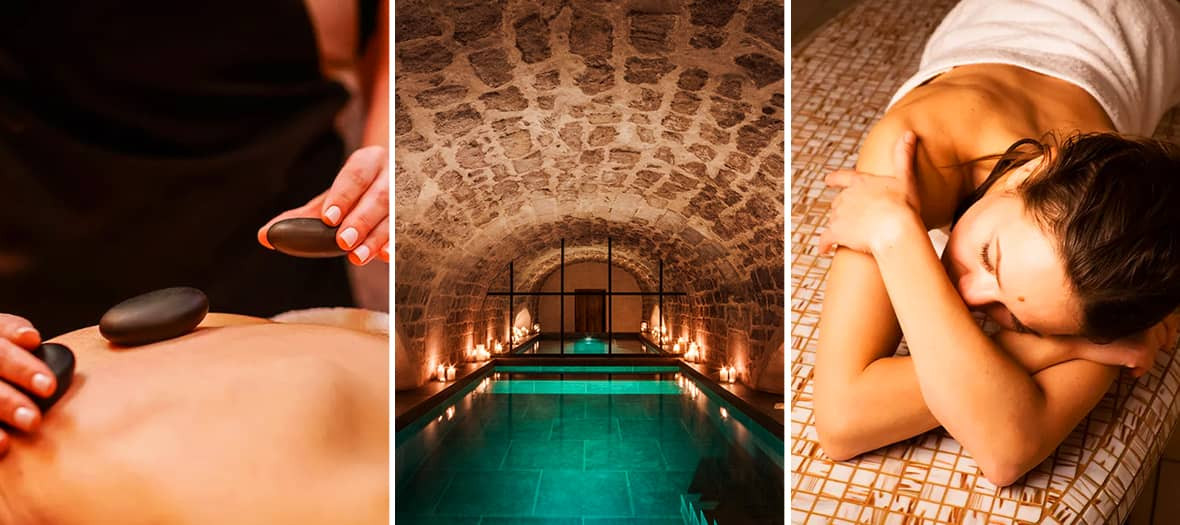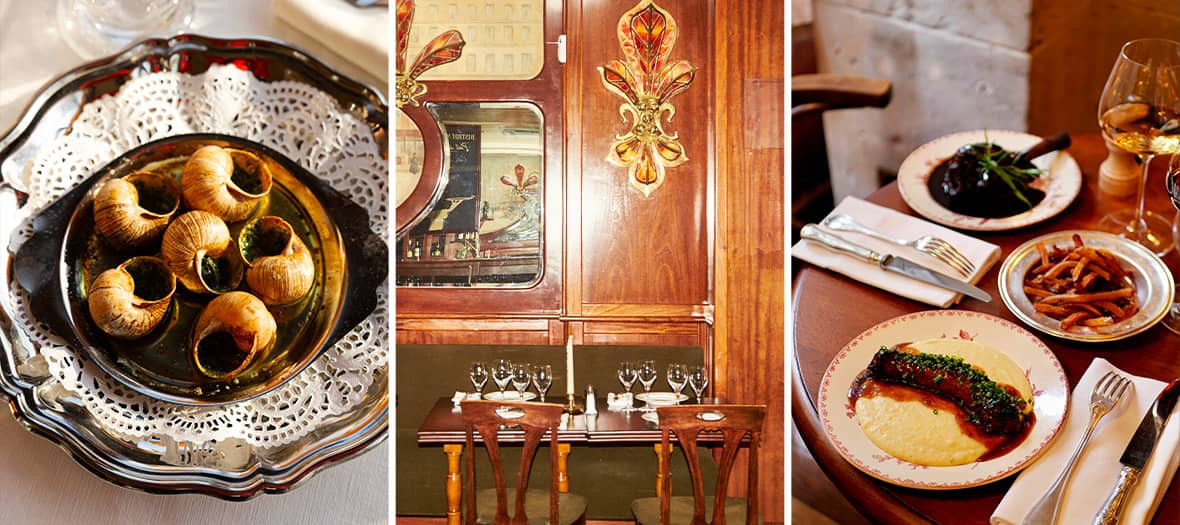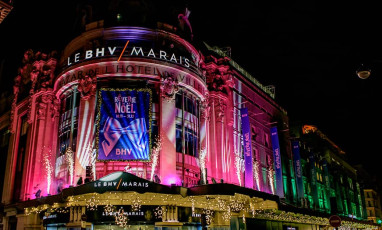© Musée d'Orsay by Allison Bellido.
Attention, devoted Impressionism fans. The Musée d’Orsay is offering a brand new exhibit centered on the painter Gustave Caillebotte to mark the 130th anniversary of his death. Featuring his depictions of the bourgeoisie in 19th-century Paris and his nautical scenes along the rivers of the Île-de-France, the exhibit feels like a truly pleasant stroll. Book immediately!
An Artist’s Perspective
Gustave Caillebotte was one of the first to paint a realistic version of urban life in the 19th century… rather than selling a dream. He painted, above all, the people of his time: over 70% of his works focus on them as a central subject. His paintings depict his bourgeois life, marked by brotherhood and values of work, equality, and solidarity, notably in his celebrated Les Raboteurs de parquet, where he honors urban workers. Quite political, isn’t it?
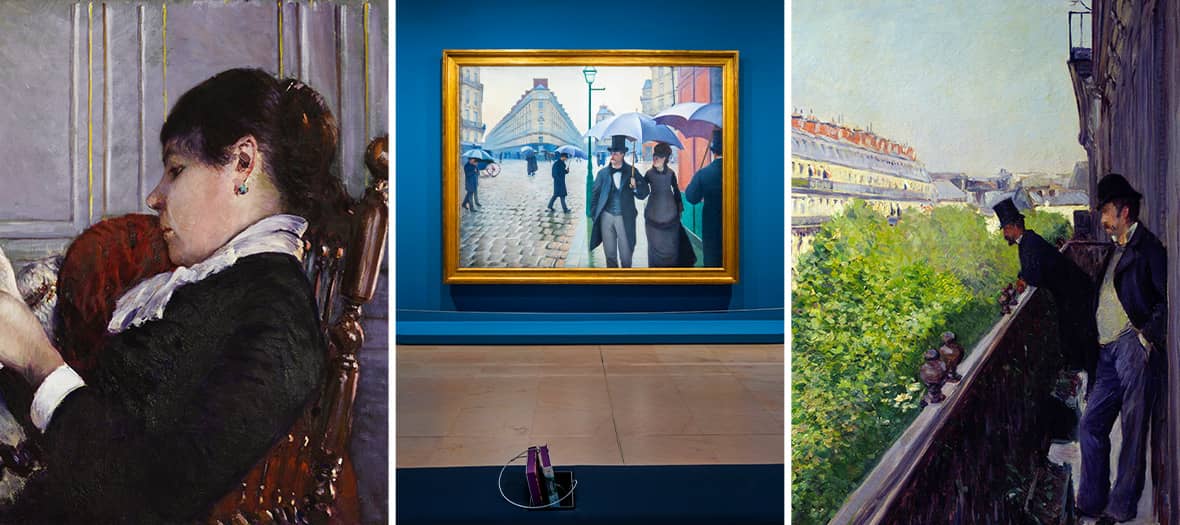
His perspective also serves as a true mirror of his questions surrounding his own identity as a man and his (ahead-of-his-time!) attempts to overcome class antagonisms. Caillebotte presents new representations of masculinity, especially through men’s attire, with the worker in a loose blouse and the classy bourgeois in a frock coat. His exploration of men’s bodies shows his interest in both virile and relaxed postures, especially in the figures of the worker and the athlete. But Caillebotte doesn’t only represent men as muscle-bound or in large hats: he also unveils more intimate aspects, often seen as feminine, of bourgeois life, such as moments of relaxation or personal care. Highly controversial for an era that preferred decorum!
Men and Society
Beyond his depictions of people, the artist also paints modern scenes, such as his grand views of Paris, often featuring solitary portraits amidst the urban landscape. A highlight is his illustrations of 19th-century Parisian urbanism, where he paints balconies, the new Haussmannian buildings, and urban greenery: it really feels like he’s photographing Parisian life from his window.
His famous boating series illustrates a sporty masculinity, where physical effort combines with enjoyment in beautiful nature, without the flirting often portrayed by his contemporaries. In his later years, after moving to Petit-Gennevilliers not far from Paris, he devoted himself to his passion for yachting. His works capture the social transformations and the tensions around masculinity and gender notions at the end of the 19th century. Caillebotte, a real girlboss?
Caillebotte. Painting Men. At the Musée d’Orsay. From October 8, 2024, to January 19, 2025.
© Musée d'Orsay by Allison Bellido.
Also check out the exciting exhibit at the Fondation Louis Vuitton and some top classes to book to build your skills.




